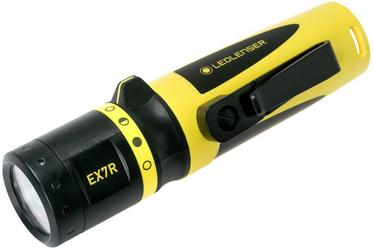Which switch types are common?
Flashlights and head torches are often enhanced with different buttons and switches. But what purpose do these serve? We will give you an overview.
Press button on the side
This button is actually fairly self-explanatory and one of the most-used types of buttons for flashlights. It is a button on the side of the flashlight you can use to switch between modes. You also often use this button to turn the light on and off.
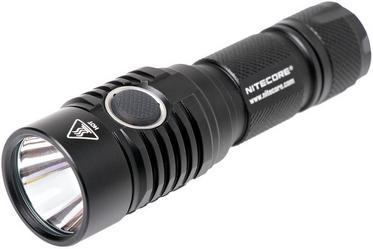
Button on the top
Like the button on the side, this button is also fairly self-explanatory. A button on the top of the flashlight or head torch with which you turn the flashlight on or off and switch between modes. These types of buttons can often be found on head torches. And sometimes there are multiple buttons. One for red light and one for white light, for instance.
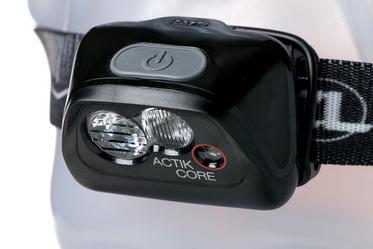
Tactical switch
A tactical switch can always be found on the back of the flashlight. With this switch you usually immediately activate a bright mode or the stroboscope mode. You use the flashlight overhead and can easily turn it on with your thumb. This type of switch is often used by rescue and law enforcement services. But it is also very usual in common situations.
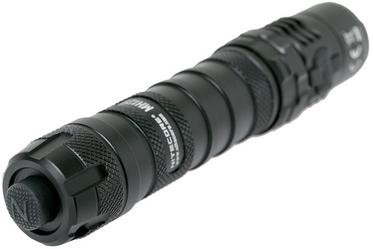
Rotary switch
The rotary switch is a real classic. You might have seen it before on Maglite, for instance. The principle is simple: you rotate and the light will turn on. For some lights you need to turn a part of the light itself, for other lights it is a separate switch. And sometimes this type of switch also enables you to focus the light.
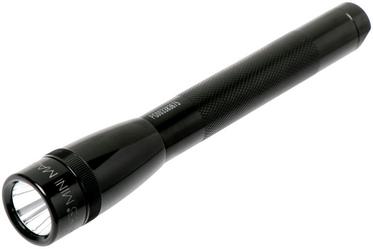
Slide switch
When you use a slide switch you 'slide' the light on or off. Today this type of switch is not so common for modern flashlights. You often see one of the button types.
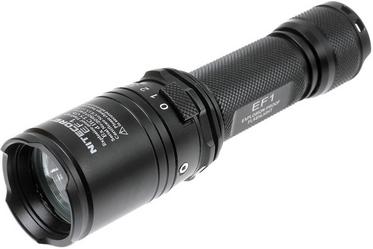
Magnetic switch
This is a switch type you don't see often. With this switch there are no moving parts. As such it is perfect for lights that need to be waterproof. Think, for instance, of a diving light. This type of switch is therefore common for specialised lights.
